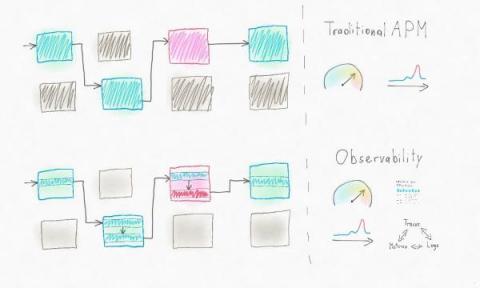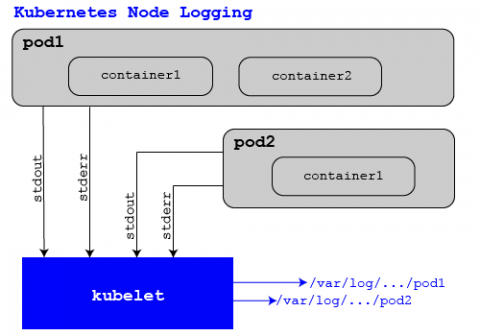Victory over the universe: managing chaos, achieving reliability
There is something unique about how Sumo Logic CTO, Christian Beedgen, presents at events. At Illuminate, he expanded upon ideas he shared at SLOconf, turning reliability management into a logical and fundamentally humane solution. I may not be as entertaining as Christian when he presents, but if you want the summary without the jokes or details, this blog is for you.










